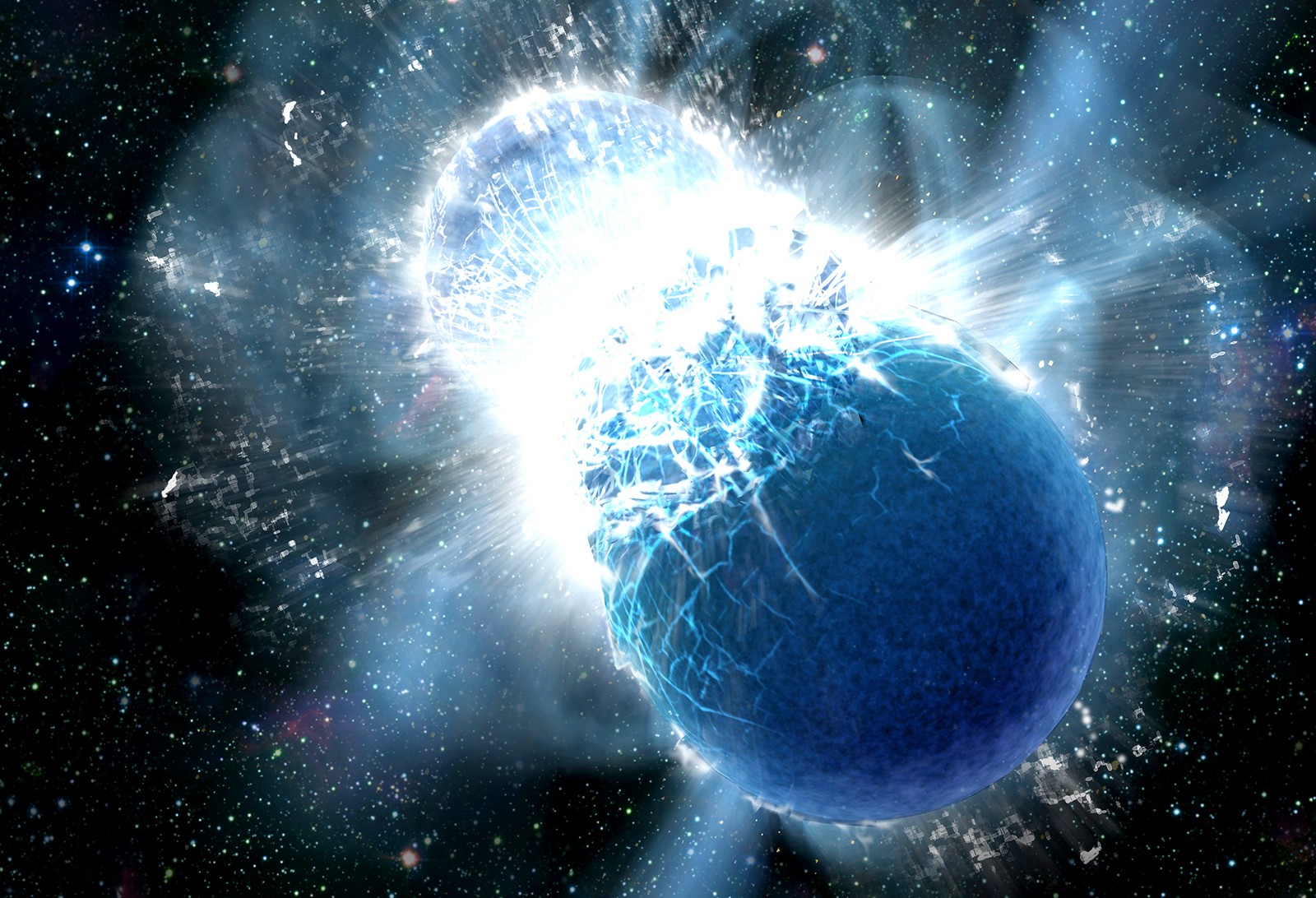
We Are Residing On Miscellanies of One Supermassive Solar-System Crash That Occurred 460 Million Years Ago
Nearly 40 million years ago, a titanic crash of solar system took place, whose remnants are still found on the earth, claimed the researchers of The Field Museum in Chicago. As per the new study, the solar-system collision was one of the biggest celestial collisions, whose residue meteorites are still presented on the earth. Most of the meteorites recovered from the surface of Earth are nothing than the remnants of one supermassive solar-system crash that dates back more than 460 million years. But for the first time, the scientists have purposely targeted those meteorites for research, whose fell on the Earth earlier than the asteroid collision and the aftermaths are quite interesting.
During the research, the researchers found the composition of those earlier fell meteoroids to be significantly diverse than the space rocks found in current days. Now, those space rocks are believed to hold the clues to the biggest evolution of solar system, which is yet a matter of question and mystery for the scientists.
During the analysis, the researchers shifted the microscopic residues of those primordial solar system collisions, known as micrometeorites, following which they found the most common types of space rocks, found nowadays to be extremely rare and they are pole apart from those prehistoric meteoroids. It means the rarest space rocks are currently used to be ordinary.
The study and experiments of the remnants of the solar system collisions are going one since long. The space rocks are the remnant of the big asteroid annihilation event, took place nearly 466 million years ago. But during the research, the scientists moved back to the ancient time, when the destruction event is believed to occur and surprisingly, they found the ancient space rocks to be pretty different from what comes down these days.
According to Philipp Heck, a researcher at The Field Museum in Chicago and lead author of the new study paper, “Understanding the configurations of space rocks and meteoroids will help us getting new insight into the olden times of solar-system, their crashes, and the evolution of the planetary system, which is yet to be completely solved. It will also help us to understand the formation of the asteroid belt, located between Mars and Jupiter.”


